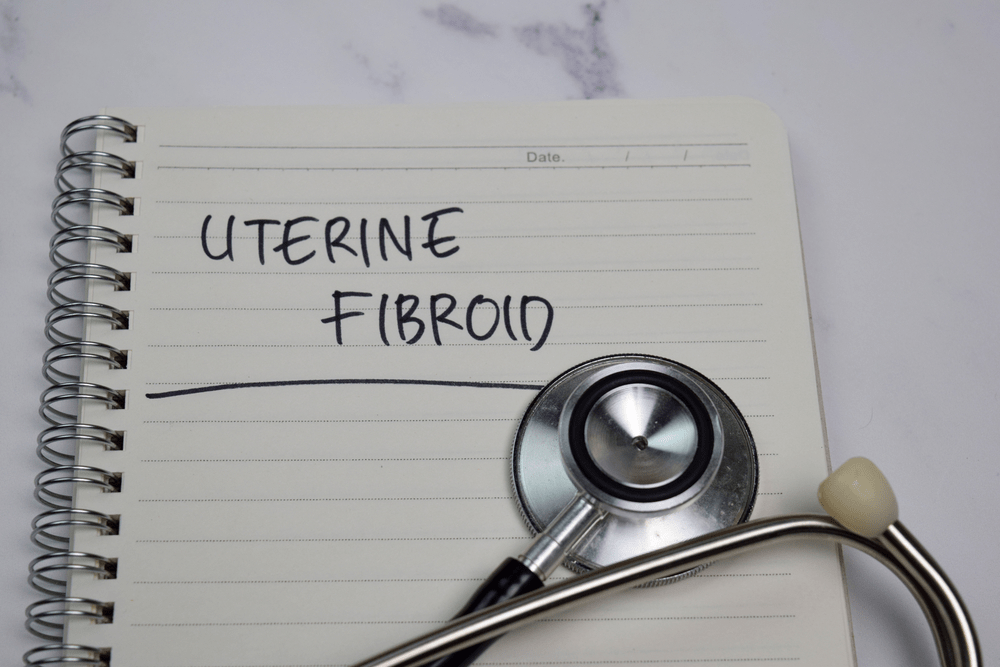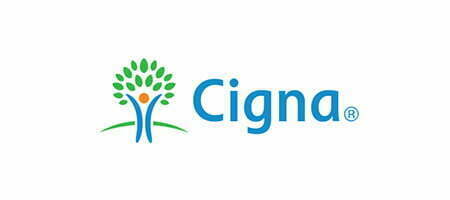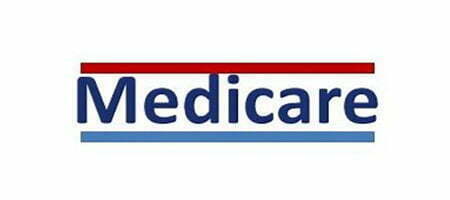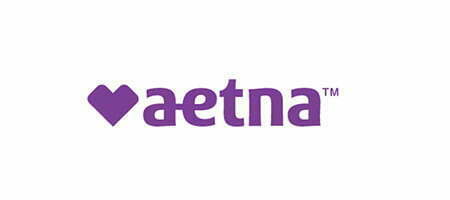Women with uterine fibroids can experience heavy bleeding, frequent urination, and pain during intercourse. Without treatment, this condition can cause severe discomfort and interfere with a woman’s quality of life. A minimally invasive treatment that we perform to help women with this condition is called uterine fibroid embolization. At Zenith Vascular & Fibroid Center in Memphis, TN, we offer this minimally-invasive treatment that cuts off blood supply to fibroids, causing them to disappear.
What Happens During Uterine Fibroid Embolization?
Uterine fibroid embolization, or UFE, is a safe, convenient treatment for fibroids without the need for surgery. It’s a minimally invasive alternative to operations that require extended recovery periods. For women who’d like to minimize the risks involved in treatment and still expect superior results, it’s an ideal choice.
By preventing blood circulation to uterine fibroids, embolization expels and removes these unwanted growths from a woman’s body. This treatment is performed by a radiology expert and requires minimal to no hospitalization. Thanks to this treatment, women can also enjoy faster healing than surgery and not worry about operations that can affect their future fertility.
Preparing for the Treatment
Preparation for the treatment should be straightforward. First, we’ll ask you about all drugs and forms of medication you take, including natural medicines. We may also ask you to list down all your known allergies to ensure that there won’t be any interference with anesthesia and contrast materials that are to be used.
During your initial consultation, we might advise you to stop taking aspirin and other anti-inflammatory medications. We may provide you with a complete list of foods and drinks to avoid, to minimize the chances of having your appointment canceled. Your body should be in the right condition for the treatment. If we have advised you to take medicines right before the treatment, you may only consume a light snack or a bottle of water.
Will Anesthesia Be Necessary?
It’s also possible that you may be given a sedative around an hour before the operation to help you relax. However, there’s nothing to worry about, because it will not put you to sleep. You need to be awake during the treatment because we might give you some additional orders to follow.
Performing the Treatment
A small flexible tube will be inserted into a blood vessel in your upper thigh. The surgical drip will sterilize the region of your body in which a catheter will be placed. This catheter then injects a substance known as contrast material into your body. You will sense a warm feeling as it rises to the uterus.
In real-time, the radiologist projects x-rays on a video screen to examine the arteries in your body. The specialist will then direct the catheter into the arteries that supply blood flow to your uterine fibroids. Once the target arteries have been located, the radiologist will inject a solution of polyvinyl alcohol particles into these uterine arteries. These particles will then accumulate and obstruct blood flow into your uterine fibroids, therefore killing them.
How Long Does It Take?
The treatment shouldn’t last long. Typically, one treatment session lasts between one to three hours. The duration of your treatment depends on the catheter being used and how difficult or easy it is to pinpoint the arteries targeted by the treatment.
By the end of the treatment, we will remove the catheter from your body and apply pressure to the injection site. We will keep the area compressed for several minutes until the bleeding has stopped or significantly slowed down. We will clean and dress the area with a bandage. After this final step, we’ll ask you to get a bed rest of at least six hours.
Can You Go Home Right After the Treatment?
You can be sent home after bed rest if you can manage how you’re feeling afterward. If you think you’ll need additional care and attention, you may spend the night for further monitoring in a medical facility. We prioritize your safety and convenience, so it’s important for us to consider how you feel after the treatment and ensure that you get any additional support as needed.
What’s the Success Rate?
The treatment is a relatively safe and convenient method, with success rates as high as 85%. Many people who have undergone this treatment have enjoyed a significant improvement in their symptoms. Women with heavy menstruation find that their flow adjusts to normal after the treatment.
In contrast to other fibroid treatments, embolization can target most, if not all, fibroids in the uterus. This treatment is an excellent option, not just for those who have a high number of uterine fibroids. Even women dealing with only a small number of fibroids also experience good results and benefits from the treatment.
Self-Care and Recovery After the Treatment
After the treatment, you should expect to feel better every single day. Still, it’s likely that you’ll get exhausted quickly and will need to take pain medication for several days. Normally, women need about a week or more to recover completely. During this time, you may observe light vaginal bleeding or brownish vaginal discharge. These are normal occurrences and should not cause you to feel alarmed.
Lifestyle changes
Having adequate sleep will help you feel better after the treatment. We advise you to try walking every day but do not overexert yourself. Walking improves blood circulation and helps prevent infections and constipation. Avoid challenging exercises such as weight lifting and aerobics for a few weeks.
When it comes to hygiene, it’s safe for you to take warm showers, but try not to take a bath for a couple of days. You may wear sanitary pads in case of bleeding but refrain from using tampons or menstrual cups.
Diet and Nutrition
There are little to no dietary restrictions after your treatment. However, it’s best to eat bland, low-fat foods, especially when you’re experiencing an upset stomach. Drink plenty of water to ease your bowel movements and prevent straining. It’s also a good idea to take a daily fiber supplement.
Why Is Uterine Fibroid More Preferable Than Major Surgeries?
Major surgeries can achieve outstanding results, but they also come with downsides, side-effects, and risks. When less invasive treatments can address your medical condition, it’s always a good idea to choose them instead. There are also some advantages that you can enjoy when you prefer to undergo fibroid embolization.
The Uterus Is Unharmed
In this treatment, all the work is performed inside the blood vessels. Unlike surgical options, such as hysterectomy, we will not need to remove or operate on your womb to eliminate the fibroids. Myomectomy, on the other hand, is an operation resulting in a cut in the womb tissue for fibroids to be removed. In contrast, embolization only cuts off blood supply to the unwanted growths so that uterine tissues stay intact.
No Scarring
The treatment is a minimally invasive solution, so you’ll experience very minimal side effects. Hysterectomy and myomectomy are known to cause scarring on your lower abdomen. Although you may develop a thin scar on the injection site, embolization does not usually lead to scarring.
Improves Symptoms of Fibroid-Related Diseases
A majority of women no longer experience painful, heavy menstruation after the treatment. After two years, a majority will still enjoy this benefit because the fibroids are not expected to grow back.
Less Risky Than Surgery
The treatment does not require general anesthesia. You will not be put to sleep or become unconscious during the treatment. Many women are sent home on the same day.
Fast Recovery Period
Most women can return to daily work within two weeks after the treatment. Their recovery period is much faster compared to other surgical procedures. The time to fully heal is around six weeks.
Treats Multiple Fibroids at Once
This treatment can induce the removal of all the fibroids in your body simultaneously. While hysterectomy can remove all types of fibroids, it requires invasive operations and the removal of the uterus.
Permanently Expels Fibroids
Fibroids may often come out of the uterus through the vagina. This condition is more likely to occur in those who have fibroids on the surface of the uterus.
Lower Overall Cost
Without a premium price tag, the treatment can achieve outcomes comparable to surgery. The added benefit is that you’ll experience a more convenient solution with no harm done. When you choose surgery, the professional fees, prolonged hospital stay, and follow-up procedures will cost much more than UFE. This practical and reliable alternative to surgery requires no hospitalization and will save you a lot of money.
Enhances Your Mood and Confidence
After your treatment and recovery, you will feel like yourself again. Living with uterine fibroid symptoms can seriously interfere with your quality of life. Many women experience pain and sexual problems that can interfere with their mental health and overall well-being. If you don’t feel healthy and functional, it’s not impossible to have low self-esteem and a lack of confidence.
Did you know that having uterine fibroids can also affect your mood? After the treatment, many women discover a whole new level of comfort and relief. Their view of life drastically changes together with the alleviation of their symptoms.
Ideal Candidates for the Treatment
UFE is a good treatment choice for women who do not foresee receiving blood transfusions in the future. You may be a candidate for this treatment if you are dealing with the symptoms of uterine fibroids. In general, the ideal candidates are those who are:
- 18 years of age or older
- Not pregnant
- Wishing to preserve fertility
- At no risk of pelvic infections
- Not suffering from an overactive thyroid
If you wish to become pregnant soon, this treatment may not be suitable. It will still be possible for you to have children later on, but we cannot guarantee the success of your efforts. The treatment poses a chance of affecting the ovary or uterus. It might make it more challenging for you to get pregnant.
When Should You Consider an Alternative Treatment?
This treatment is not suitable for removing all types of uterine fibroids. If you are suffering from fibroids that are just outside the womb’s lining or outside of it, you may need to consider other forms of treatment. These kinds of fibroids are more effectively removed through surgery.
Ease Your Pain and Live a Comfortable Life
Do you feel that a uterine fibroid embolization in Memphis, TN, is the best option for your treatment? With high success rates and multiple benefits to your health and well-being, it’s one of the best ways you can improve your health for today and in the future. If you are ready to find out how this treatment can change your life, contact Zenith Vascular & Fibroid Center in Memphis, TN, to schedule your appointment today. With our team, you can expect a personalized, caring experience.






